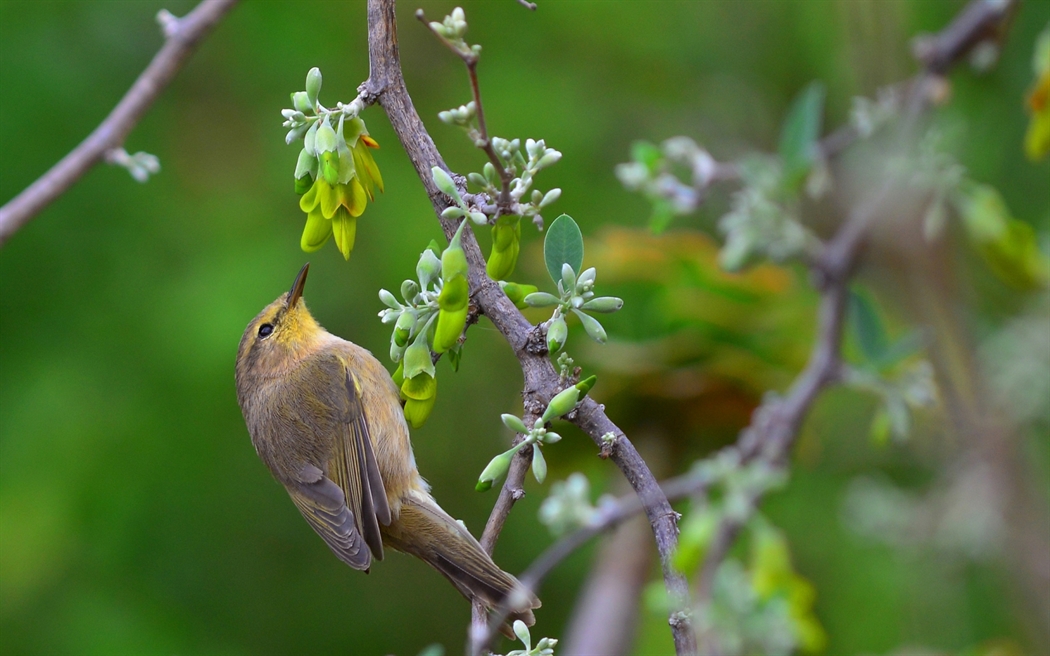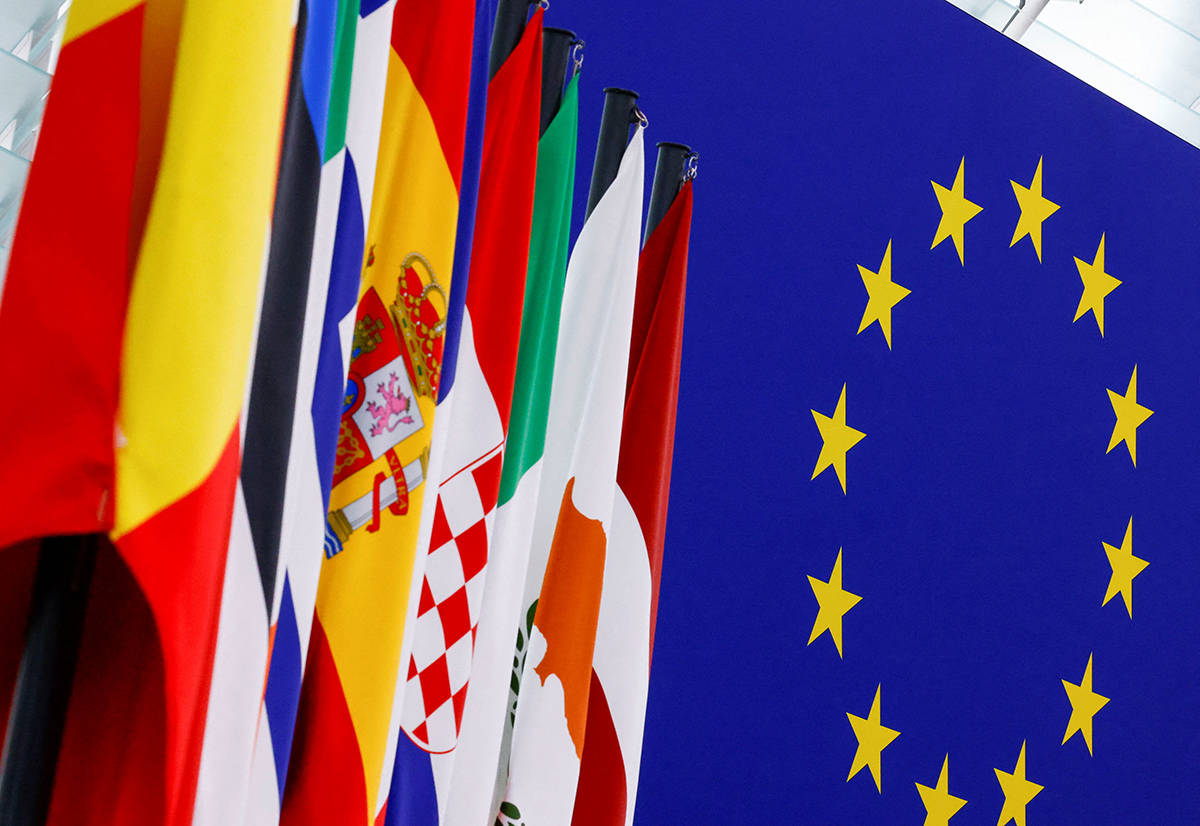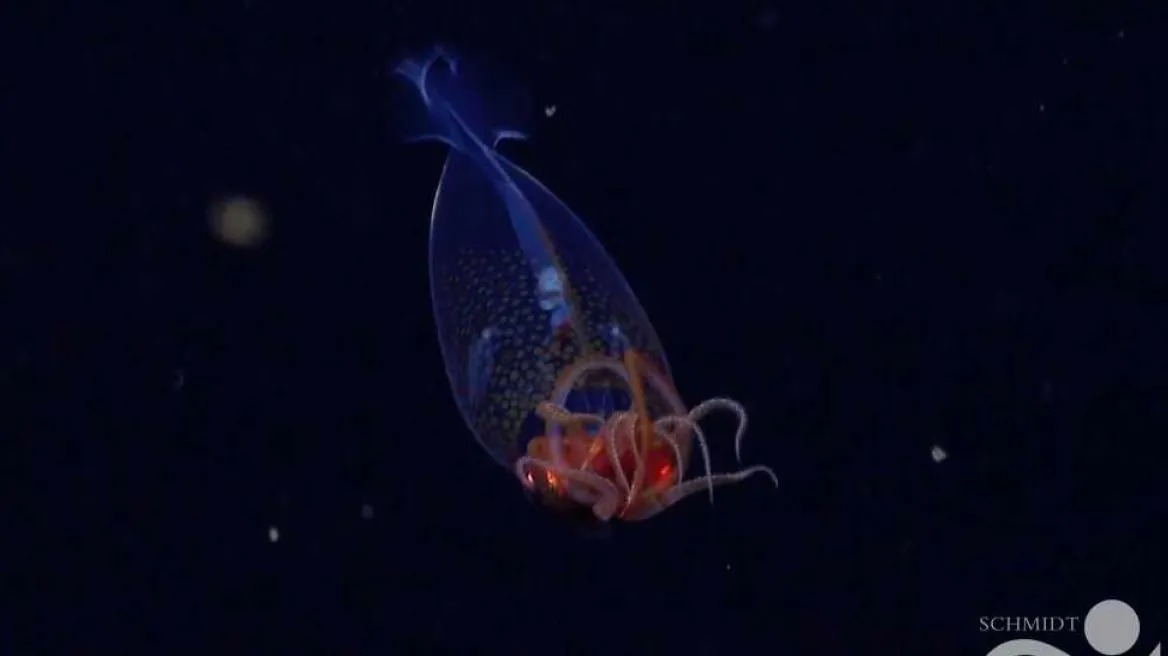The EU Birds Directive – the oldest piece of EU legislation on the environment marks its 40th year today.
Adopted on April 2, 1979 and amended in 2009, it emerged from EU countries wanting to work together to address a fundamental fact of birdlife: birds migrate and know no borders. The only way to properly protect species and their habitats is by working across borders – and often beyond the borders of the EU.
It responded to the most serious threats to the conservation of wild birds: illegal persecution, habitat loss and degradation. The law called for co-financing to manage Special Protection Areas dedicated to birdlife protection and conservation.
“
State of Nature in the EU” reports on the conservation status and trends of the species and habitats covered by the 2 EU nature directives, including birds listed in the annexes of the Birds Directive. It is put together from reports which EU countries are required to make every 6 years under Article 12 of the directive.
The report concludes that more than half of all wild bird species assessed (52%) have a secure status. But around 17% of the species are still threatened and another 15% are near threatened, declining or depleted. The next input from EU countries is due in 2019.
Alongside reporting under Article 12 of the Birds Directive, the European Red List provides a review of the status of European species according to IUCN Regional Red Listing guidelines. It identifies those species that are threatened with extinction at European level (Pan-Europe and the European Union) so that appropriate conservation actions can be taken to improve their status. Within the EU 27, 18% of bird species are threatened, with 2% Critically Endangered, 4% Endangered, 12% Vulnerable, and 6% Near Threatened.
















